Watering transplanted oak seedlings
theoakman
9 years ago
Related Stories

GARDENING GUIDESSeeds or Seedlings? How to Get Your Garden Started
Growing delicious herbs and vegetables starts with knowing your goals and when you want to plant
Full Story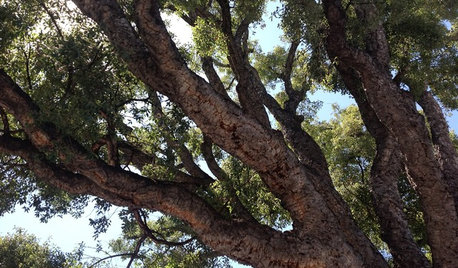
GARDENING GUIDESGreat Design Plant: Cork Oak
Witness an incredible renewable resource being grown while lolling in the abundant shade of this expansive, ever-popular tree
Full Story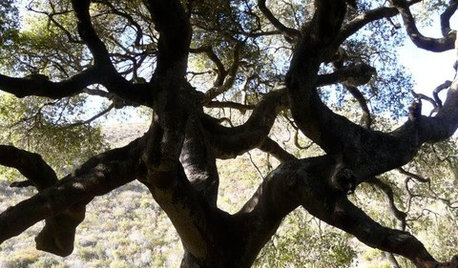
CALIFORNIA NATIVE PLANTSGreat Design Plant: Coast Live Oak
The stuff of legends and memories, this California tree is one to build a whole landscape around
Full Story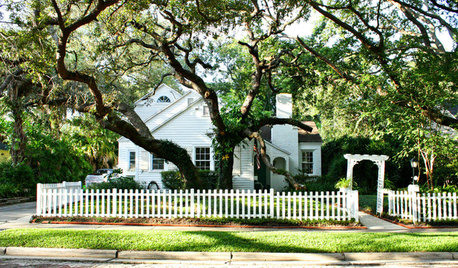
TREESGreat Design Plant: Southern Live Oak Offers an Unbeatable Canopy
Keep it dense or prune it for more light. No matter how you grow Quercus virginiana, it’s a majestic addition to its native landscape
Full Story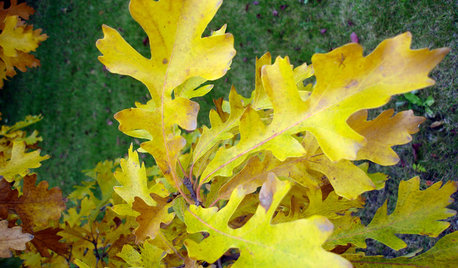
GARDENING GUIDESCelebrate Eastern Oaks for Wildlife, Longevity and Seasonal Interest
There might not be a more important tree to have in your eastern U.S. landscape — if you can fit one in
Full Story
EDIBLE GARDENSSummer Crops: How to Grow Tomatoes
Plant tomato seedlings in spring for one of the best tastes of summer, fresh from your backyard
Full Story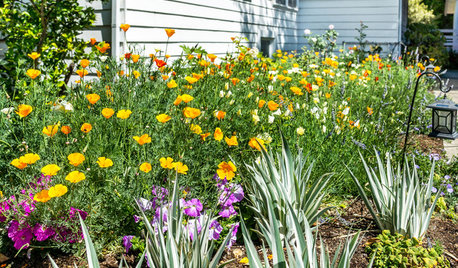
LANDSCAPE DESIGN10 Ideas for a Creative, Water-Conscious Yard
Check out these tips for a great-looking outdoor area that needs less water
Full Story
WINTER GARDENINGExtend Your Growing Season With a Cold Frame in the Garden
If the sun's shining, it might be time to sow seeds under glass to transplant or harvest
Full Story
SAVING WATERHouzz Call: Are You Letting Go of Your Lawn?
Many facing a drought are swapping turf for less thirsty plantings. If you’re one of them, we’d like to hear about it
Full Story
HOUZZ TVHouzz TV: How to Make and Plant a Veggie Box
See how to start edibles from seed, then transfer the seedlings to a box on stilts to make harvesting more fun
Full StoryMore Discussions







Skie_M
ken_adrian Adrian MI cold Z5
Related Professionals
Manorville Landscape Architects & Landscape Designers · Frisco Landscape Contractors · Harrisburg Landscape Contractors · Hurricane Landscape Contractors · New Cassel Landscape Contractors · Parker Landscape Contractors · Waltham Landscape Contractors · York Landscape Contractors · Honolulu Siding & Exteriors · Lawrenceville Siding & Exteriors · Franklin Square Siding & Exteriors · Baton Rouge Decks, Patios & Outdoor Enclosures · Brookfield Decks, Patios & Outdoor Enclosures · Lenexa Decks, Patios & Outdoor Enclosures · Rocklin Decks, Patios & Outdoor Enclosuresgardener365
hoovb zone 9 sunset 23
theoakmanOriginal Author
brandon7 TN_zone7
brandon7 TN_zone7
Skie_M
theoakmanOriginal Author
Skie_M